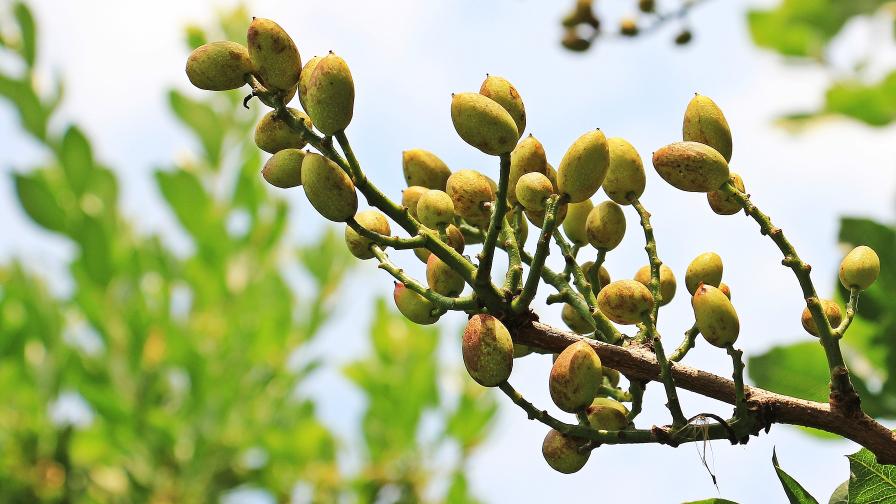Tips To Calibrate Boom Sprayers
With warmer temperatures experienced in the Midwest recently, now is a good time for growers to calibrate their boom sprayers, says an engineer and spray technology expert with the College of Food, Agricultural, and Environmental Sciences at The Ohio State University.
Not only does properly calibrating a sprayer increase its accuracy, it also reduces the potential risk of damaging crops from applying too much pesticide, according to Erdal Ozkan, an agricultural engineering professor who also has appointments with Ohio State University Extension and the Ohio Agricultural Research and Development Center (OARDC).
In a recent posting in the college’s Crop Observation and Recommendation Network (C.O.R.N) newsletter, Ozkan said in order to prepare for the growing season, farmers should check all the components of their sprayers to make sure they are in working order. Farmers should calibrate sprayers once before the spraying season starts and recalibrate them frequently throughout the spraying season to ensure their accuracy.
“The primary goal with calibration is to determine the actual rate of application in gallons per acre, then to make adjustments if the difference between the actual rate and the intended rate is greater or less than 5% of the intended rate,” he wrote. “While applying too little pesticide may result in ineffective pest control, too much pesticide wastes money, may damage the crop, and increases the potential risk of contaminating ground water and environment.”
Ozkan listed several steps growers should take before calibrating their sprayers, including:
- Make sure you have a good set of nozzles on the sprayer.
- Clean all of the plugged nozzles.
- Check the output of all the nozzles for a given length of time at a given spray pressure.
- Compare output from each nozzle’s output with the expected output shown in the nozzle catalog for that nozzle at the same pressure.
- Replace the nozzles showing an output error of more than 10% of the output of the new nozzle.
According to Ozkan, calibrating a boom sprayer should take no more than 30 minutes. In the posting, he offered the following steps to calibrate for broadcast application:
- Fill the sprayer tank at least half full with water.
- Run the sprayer, inspect it for leaks, and make sure all vital parts function properly.
- Measure the distance in inches between the nozzles.
- Measure an appropriate travel distance in the field based on this nozzle spacing. The appropriate distances for different nozzle spacings are as follows: 408 feet for a 10-inch spacing; 272 feet for a 15-inch spacing; 204 feet for a 20-inch spacing; 136 feet for a 30-inch spacing; and 102 feet for a 40-inch spacing.
- Drive through the measured distance in the field at your normal spraying speed and record the travel time in seconds. Repeat this procedure and average the two time measurements.
- With the sprayer parked, run the sprayer at the same pressure level and catch the output from each nozzle in a measuring jar for the travel time required in step 5.
- Calculate the average nozzle output by adding the individual outputs and then dividing by the number of nozzles tested. The final average nozzle output in ounces is equal to the application rate in gallons per acre. For example, if you catch 15 ounces from a set of nozzles, the actual application rate of the sprayer is 15 gallons per acre.
- Compare the actual application rate with the recommended or intended rate. If the actual rate is more than 5% higher or lower than the recommended or intended rate, you must make adjustments in the spray pressure, the travel speed or both. For example, to increase the flow rate, you will need to either slow down or increase the spray pressure. The opposite is true when you need to reduce application rate. As you make these changes, stay within proper and safe operating conditions for the sprayer. Remember, increased pressure will result in increasing the number of small, drift-prone droplets.
Repeat steps 5-8 above until the actual application rate is within a 5% difference of the intended rate.










